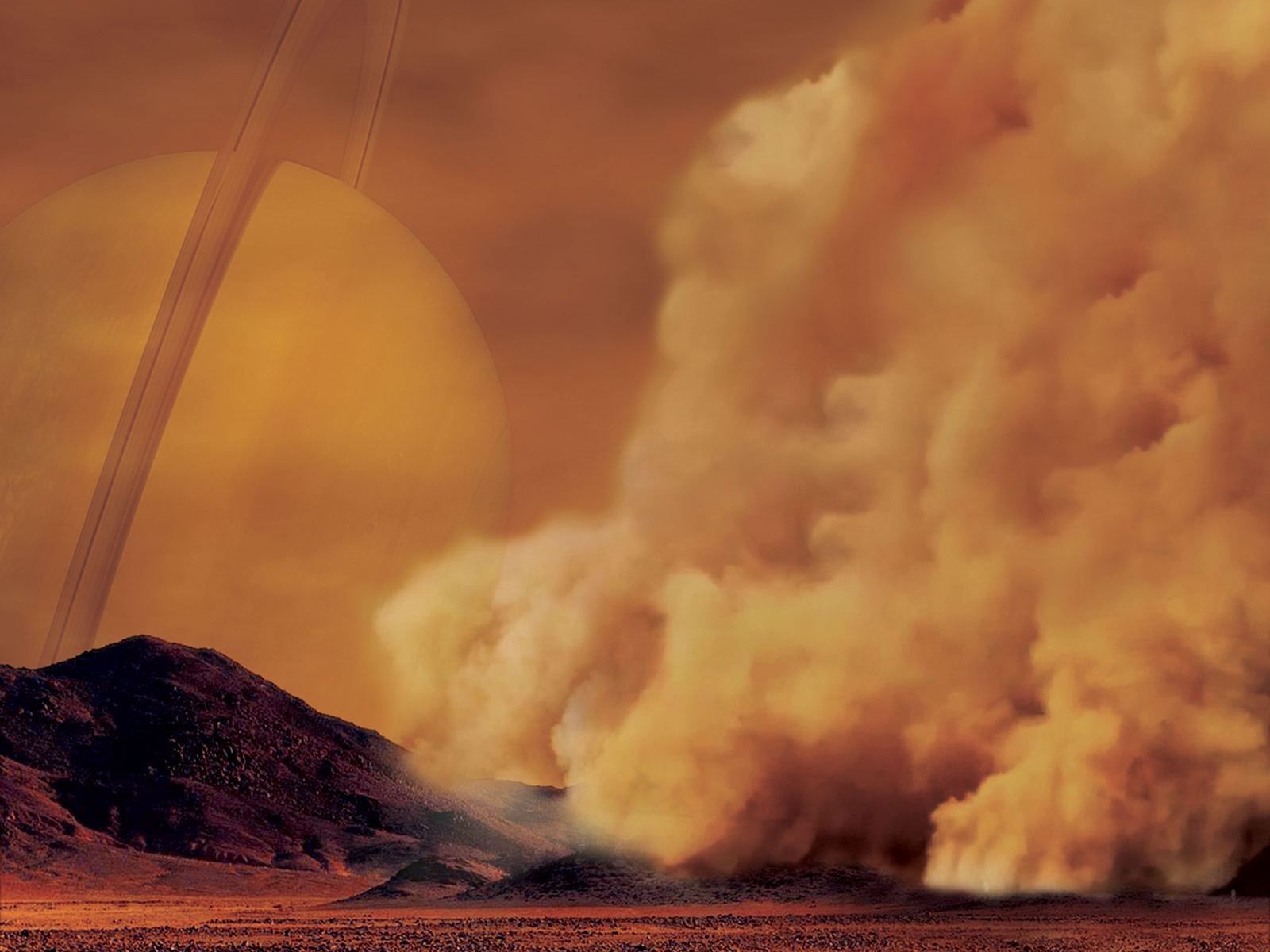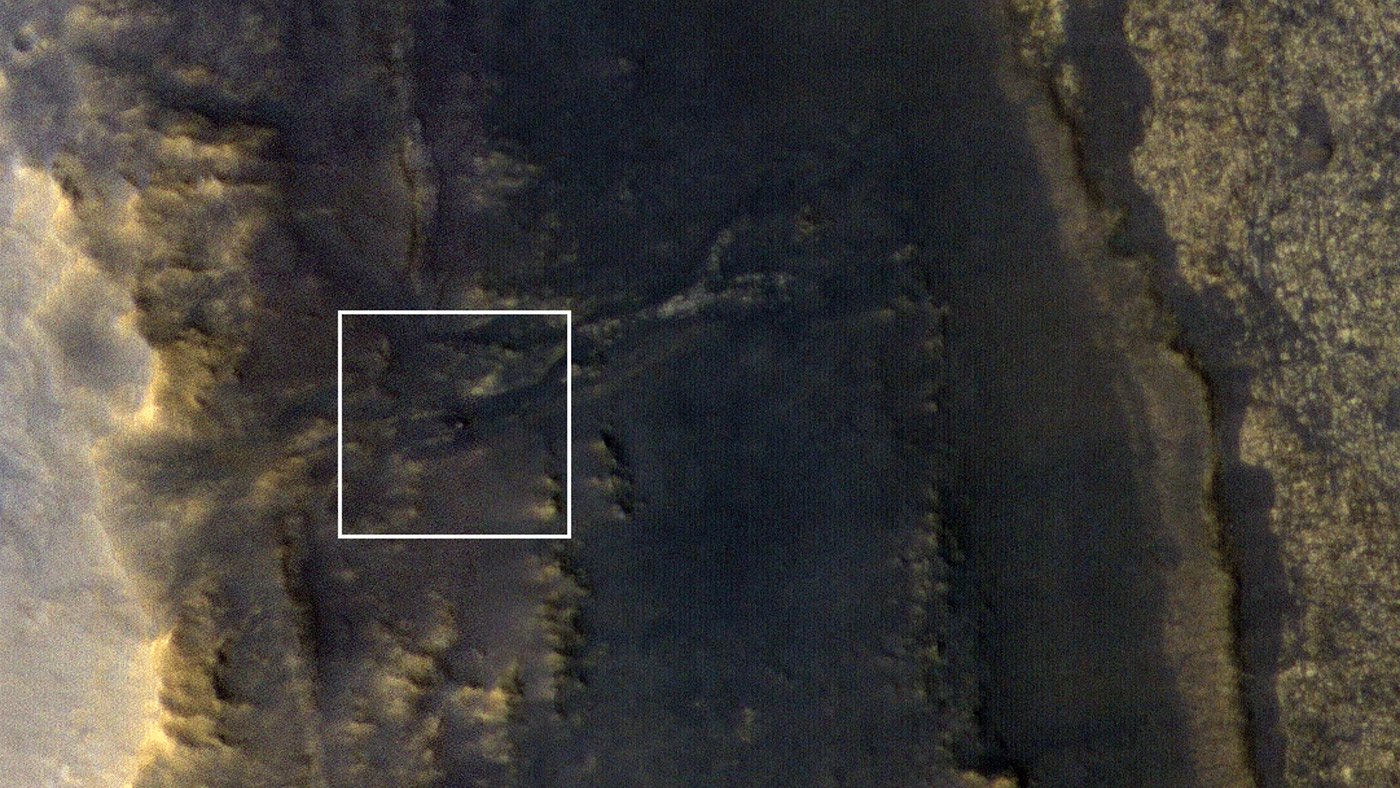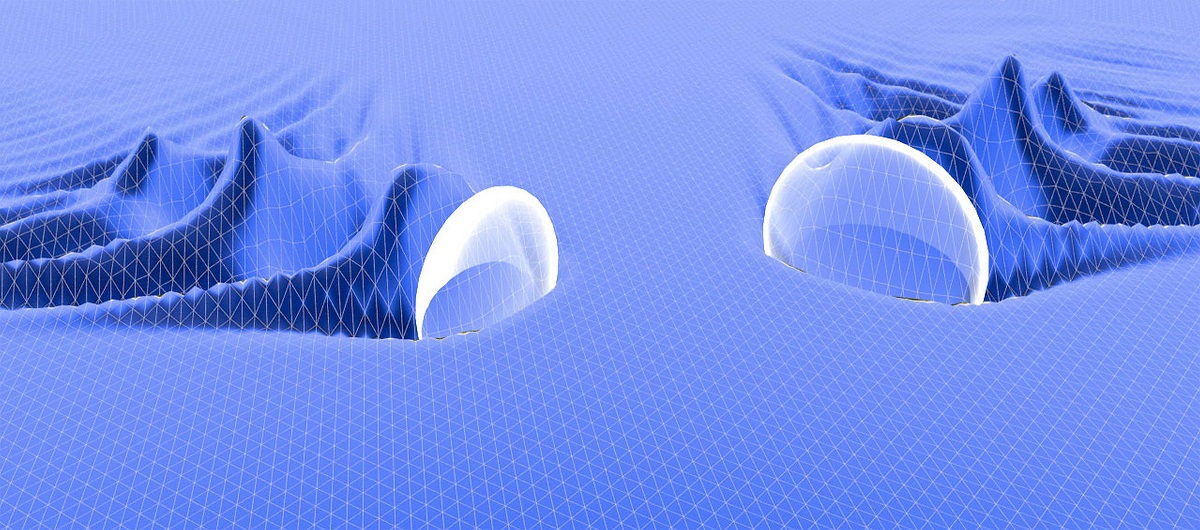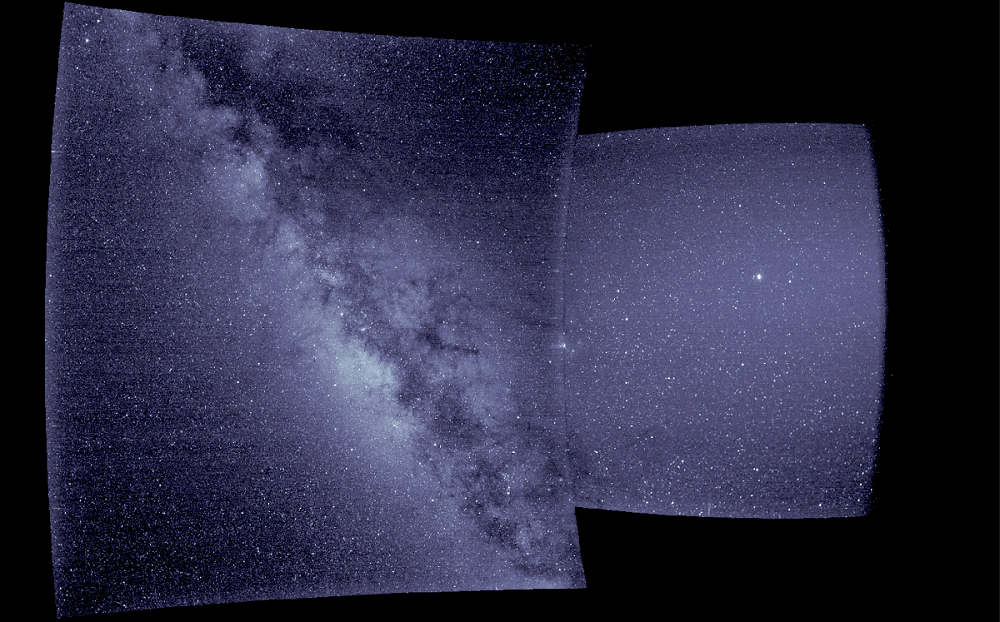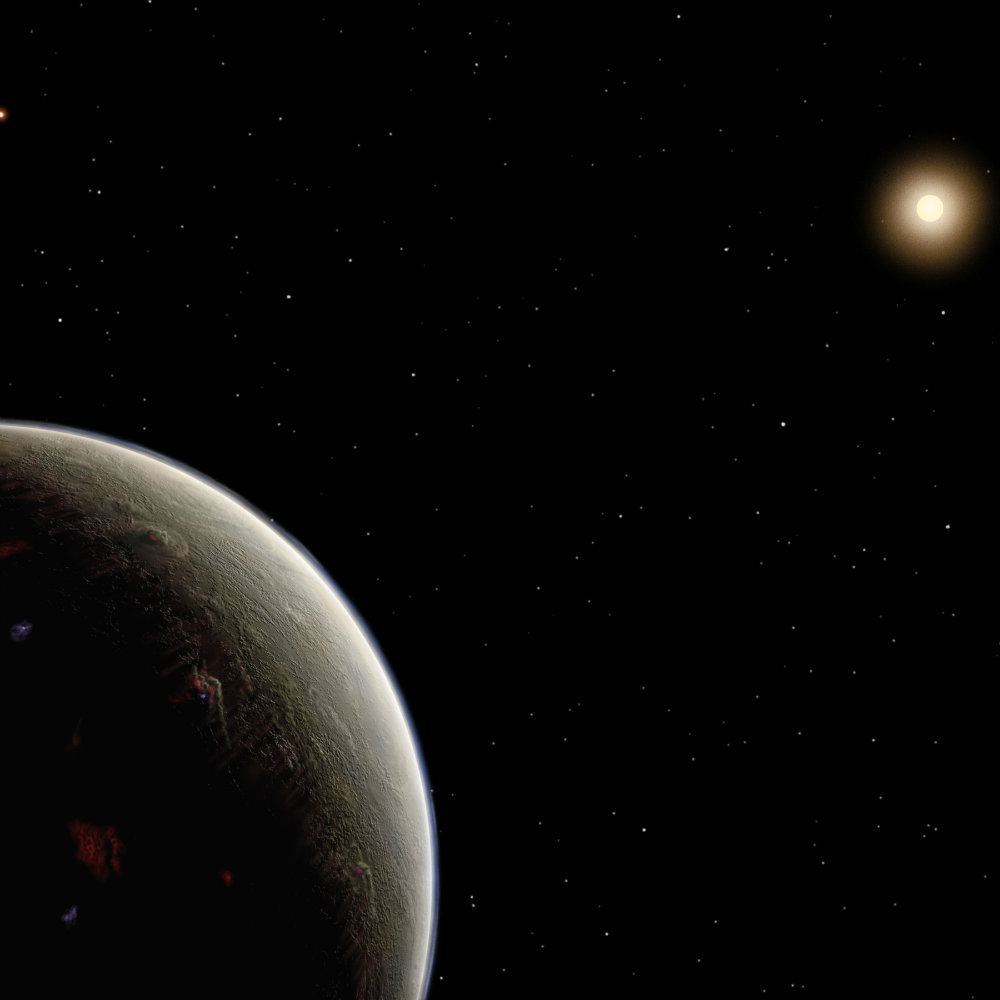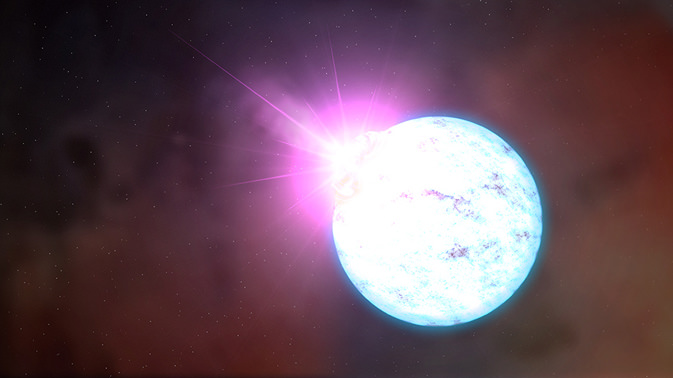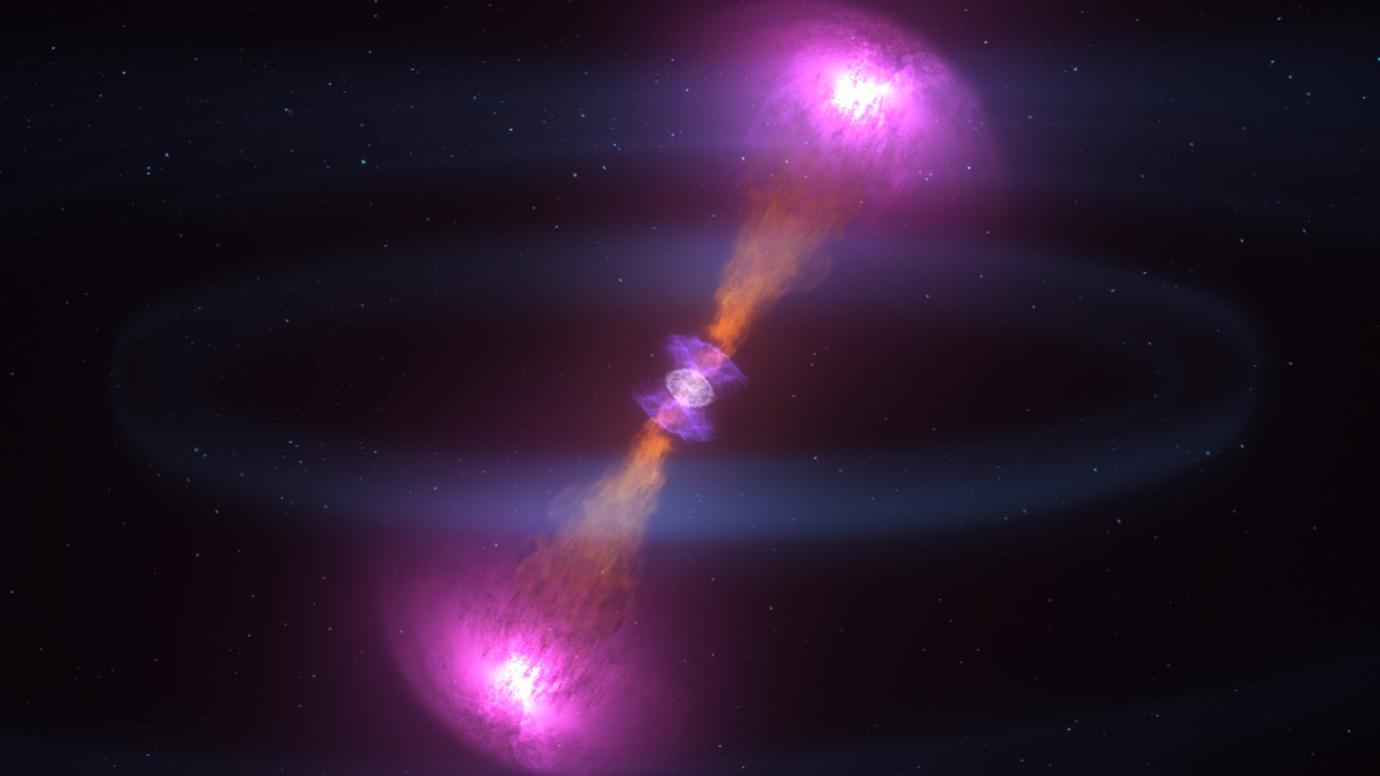Ever since the Cassini orbiter entered the Saturn system in July of 2004, scientists and the general public have been treated to a steady stream of data about this ringed giant and its many fascinating moons. In particular, a great deal of attention was focused on Saturn’s largest moon Titan, which has many surprising Earth-like characteristics.
These include its nitrogen-rich atmosphere, the presence of liquid bodies on its surface, a dynamic climate, organic molecules, and active prebiotic chemistry. And in the latest revelation to come from the Cassini orbiter, it appears that Titan also experiences periodic dust storms. This puts it in a class that has so far been reserved for only Earth and Mars.
Continue reading “Titan First-Ever Detected Dust Storms Prove the Moon is More Earth-like than Ever”

